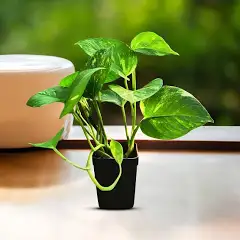1. Choose the Right Space
- Backyard or Community Garden: Find a small area in the backyard or a community garden.
- Container Gardening: Use pots or containers on a balcony or patio if space is limited.
2. Select Appropriate Plants
- Easy-to-Grow Plants: Start with beginner-friendly plants like radishes, sunflowers, beans, or herbs (basil, mint).
- Seasonal Choices: Consider what can be planted based on the season (e.g., spring, summer, fall).
3. Gather Supplies
- Basic tools like a trowel, watering can, gloves, and seeds or seedlings.
- Soil, compost, and mulch for healthy plant growth.
4. Plan the Garden Layout
- Teach kids to sketch a simple garden plan to decide where different plants will go.
- Consider spacing for how large plants will grow.
5. Planting
- Show kids how to dig holes, plant seeds or seedlings, and cover them with soil.
- Explain the importance of depth and spacing for different types of plants.
6. Watering and Care
- Teach the importance of regular watering and checking if plants need water.
- Discuss weeding and why it’s important to remove weeds.
7. Observation and Learning
- Encourage kids to observe the plants daily to track growth and changes.
- Introduce concepts like photosynthesis, pollination, and the life cycle of plants.
8. Harvesting and Enjoying
- Show kids how to determine when plants are ready to harvest.
- Use the harvested produce in cooking or share it with family and friends.
9. Make It Fun
- Incorporate games, crafts, and art related to gardening (paint pots, and make plant labels).
- Keep a garden journal to record plant growth, drawings, and discoveries.
10. Safety First
- Remind kids to wash hands after gardening and to be cautious with tools and plants.
Gardening can foster a sense of responsibility, teamwork, and appreciation for nature in kids. Enjoy the process and have fun growing together!

